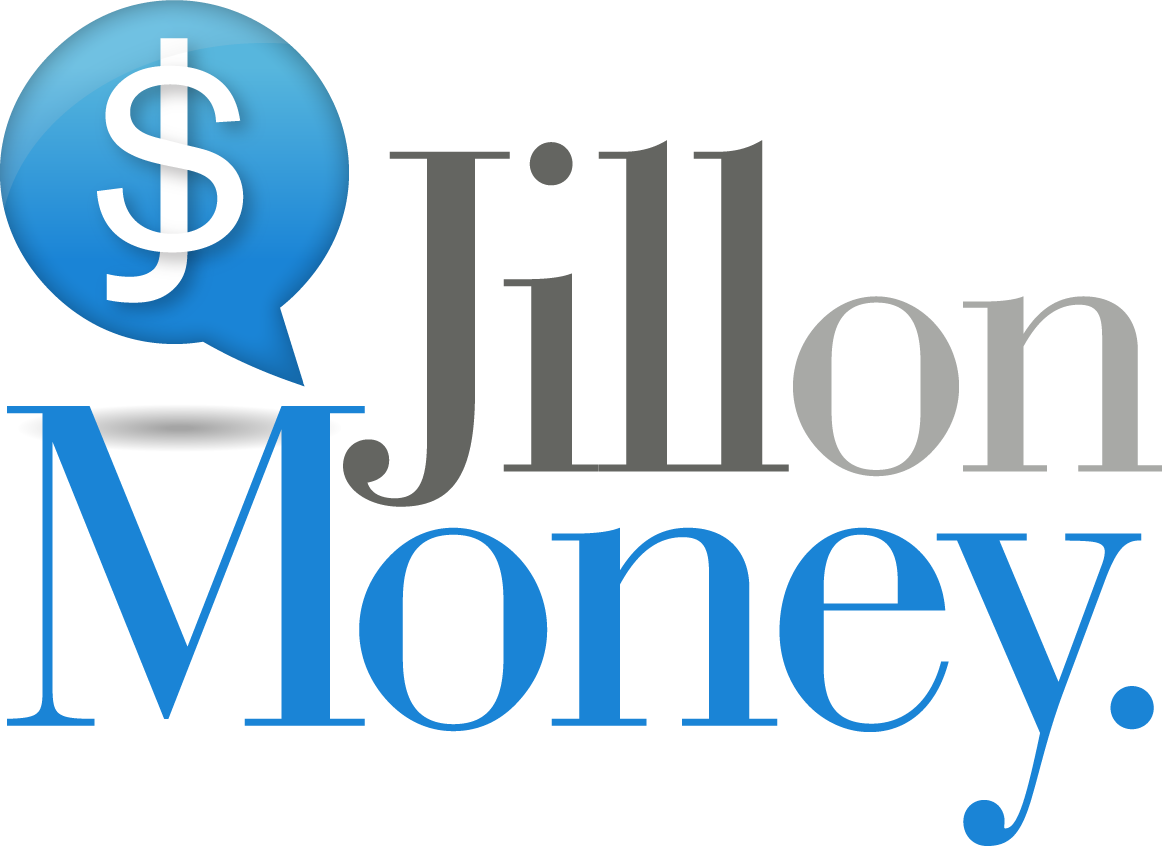Timing the Market STILL Does Not Work
It has been said that history does not repeat itself, but it rhymes. On Good Friday, when financial markets were closed, I thought about what lessons from history can we learn when it comes to extreme volatility, both in terms of policy and market movements?
One big takeaway from the past three months is that unpredictable things (so-called exogenous events) can happen at any time and can upend your plans, both personal and financial. You only have to go back five years to the once in a century pandemic to understand that is the case. But we human beings have brains that do not like to dwell on the challenging times, which is admirable in some cases, and dangerous in others. In fact, some of the most important lessons that we learn often occur from the near-misses and the actual bad things that happen.
I’m not suggesting that you live in a state of heightened anxiety, worrying that the next scary event is around the corner, but it is important to at least consider what might go wrong. That’s tough to do, especially when there’s a chorus of “the good times are here, don’t let them pass you by!”
Consider that after the U.S. election results were in, corporate executives and Wall Street strategists were almost to a person, euphoric. One sent me this text: “fewer regulations + extension of tax cuts = ONLY UPSIDE”. That consensus opinion helped push up stock prices, with the S&P 500 index closing at 5995 on November 8th, just days after the election results were in.
As 2025 began, the buying continued. Investors brushed aside the announced Mexico-Canada tariffs (“just a negotiation tactic, he won’t keep these in place”) until the index peaked at 6144 on February 19th. Few could imagine what might upend the positive narrative, except wet blankets like me, who kept doling out “boring” advice to listeners of my podcasts and radio show.
I did not know anything more than anyone else, but I always cling to my Big 3 to help guide me: (1) make sure that you have an emergency reserve fund that can cover 6-12 months of living expenses, (2) reduce high interest debt and (3) try to maximize retirement contributions. I also cautioned that although stocks were making new highs, it still made sense to keep any money that you knew you had to spend within the next year or so, out of risky assets, and to rebalance on a periodic basis so that your allocation was not out of whack with your risk tolerance.
The funny thing about risk tolerance is that it’s easy to gloss over when things are going well. When the mood changes and markets move against you, all of the sudden your frayed nerves can’t stand one more minute of pain. Since the February 19th stock market peak, a cloud of uncertainty has settled over the economy, and financial markets have been subjected to Trump tariff-induced turmoil. The S&P 500 tumbled to a recent low of 4982 on April 8th, down 19 percent from the February 19th high. Since the downturn, I have fielded many questions like these:
“I'm 65, retired, and receive $3,000 each month from my pension and Social Security. I have money in a 401 (k), my house is paid off and I have no other debt. I've gone through a bunch of these market slowdowns in the past, but this time I'm really worried. What should I do with my money? I’m considering selling now and going to cash.”
“I know the typical advice is to stay the course relative to someone's 401(k), but with the markets going crazy, what can I do to protect my funds? I really need to keep what I have safe. My portfolio is moderately aggressive (70% stocks and 30% bonds). Any advice is greatly appreciated.”
Note that I did not receive these kinds of questions when stocks were rising, only AFTER they tanked. Which brings me to another important lesson from turbulent times: market timing (still) does not work. No matter what is causing market volatility, remarkably, some try to predict short-term market movements, and fail.
Timing the market can be alluring. Who would not want to be the person, or hire the financial professional, who knows the exact moment when to get in and out of an investment? But to be clear, I heard crickets from the so-called “people in the know”, none of whom recommended selling stocks, after the S&P 500 had jumped by 53 percent in the two years coming into 2025. Nope-they all knew better, ONLY UPSIDE!
The reason timing the market does not work is that it requires two perfect decisions: when to get out and when to get back in (or vice versa). According to research by Charles Schwab, “the cost of waiting for the perfect moment to invest typically exceeds the benefit of even perfect timing, and the best strategy for most of us is not to try to market-time at all.”
Here's the thing: nobody knows what is going to happen in the short term. What we do know is that over the longer term, those who can persevere and stick to their game plans are usually rewarded. Make sure that you can live with your investment portfolio in good and bad times, because there will always be uncomfortable days, and even months. The key is not timing the market, but time in the market.
